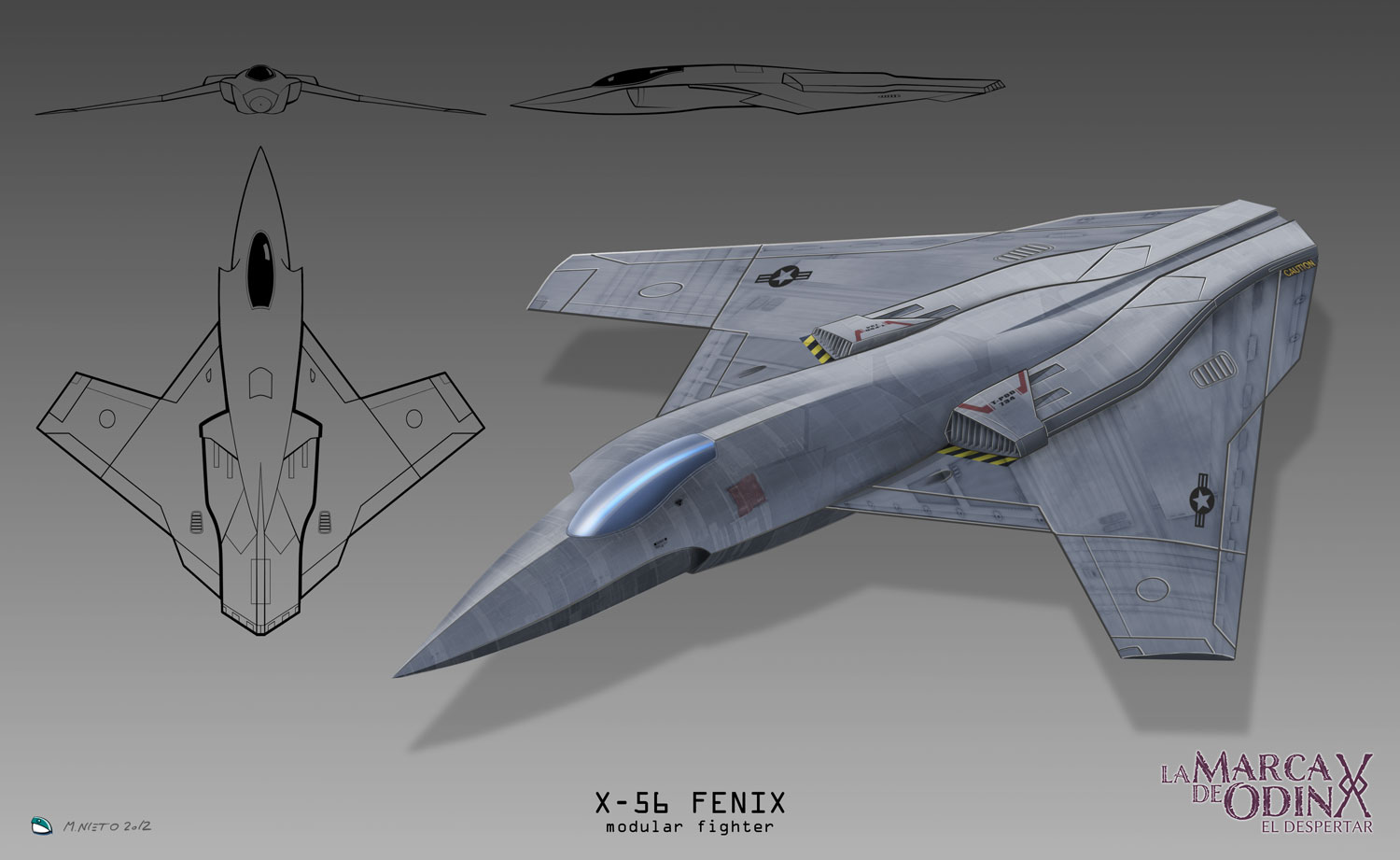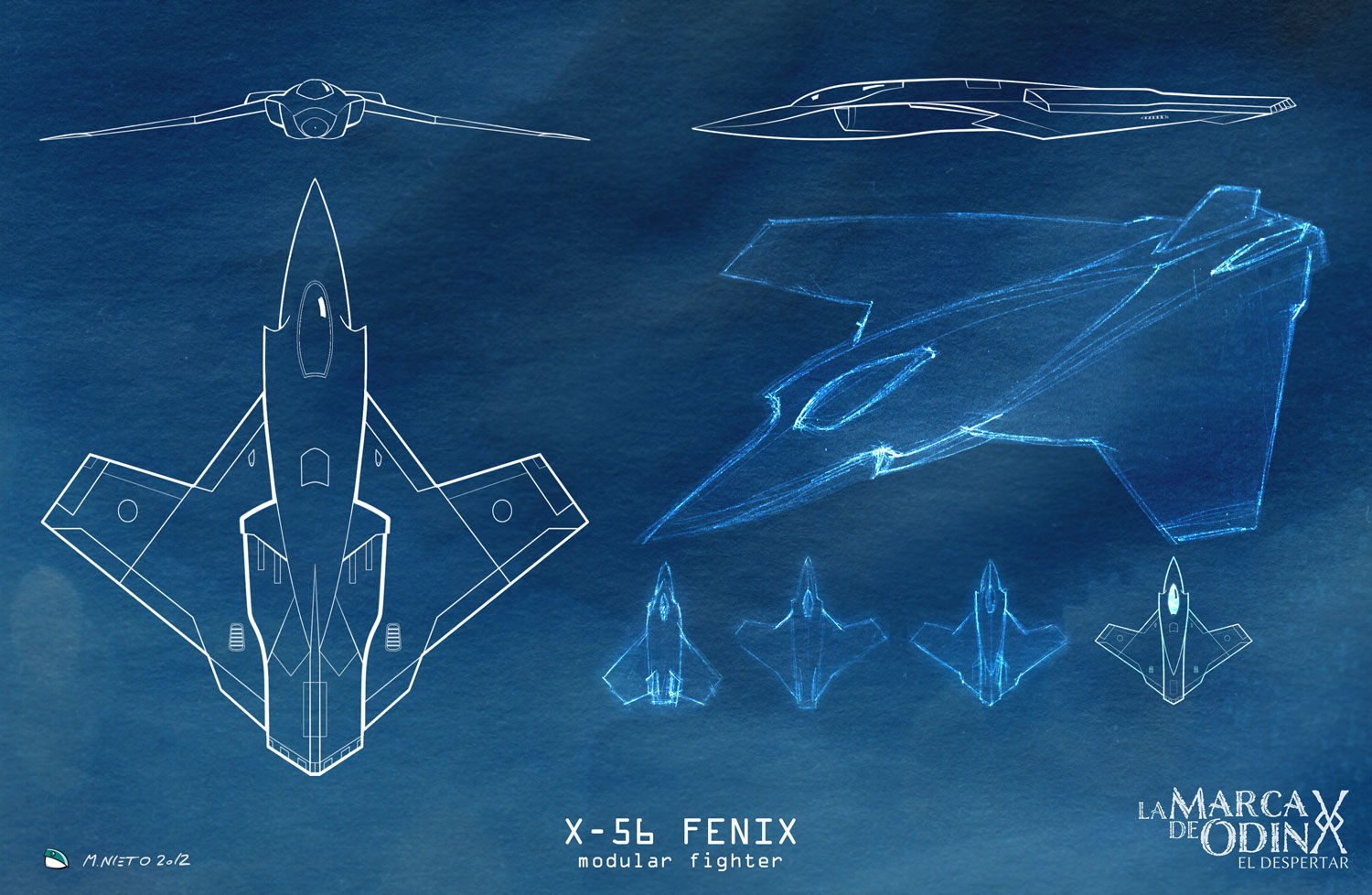In the late 90s, both NASA and the USAF had begun different investigations into conceptual prototype designs to study the viability of a tailless aircraft with thrust vectoring capability. From there emerged prototypes such as the X-44 Mantha or the NASA X-36 and fully operational combat aircraft such as the F-22 Raptor or the F-35 Lightning.
At the beginning of 2000 the studies were canceled and it seemed that they would not be resumed. It was Robert P. Giles, current USAF Chief of Staff who initiated a pressure movement to go further. He found a system that would allow not only to ensure the defense of the United States and its allies in the skies, but also from space. For five years he was gathering support and contacts with which to give shape to his great idea. Develop for the USAF a first prototype of a modular orbital superiority fighter. Thus was born what would become known as the Phoenix Project.
After gathering all the necessary support, he presented his proposal to the United States Congress, obtaining an allocation of more than one billion dollars to develop the program in less than ten years. For its development, a civil-military formula was sought, combining the resources of the USAF Laboratory and a private company. After a competition that lasted two years, Space-Combat Ventures was chosen to develop the first prototype of the Phoenix.

In 2007, the development of the Fénix project officially began with the objective of building two first prototypes with which to obtain final approval from the United States Congress. An essential requirement to be able to move on to a large-scale production phase to provide the USAF with a complete fleet of new fighters. Its development is carried out under the strictest of secrets at the Groom Lake air base facilities in Nevada.
In 2009, Lieutenant Colonel Jack Preston of the USAF was appointed head of the Phoenix project test team. After three years of intense work and many flight tests, the Fénix is approaching its fire test, a complete and real test where all its combat operational capacity will be put to the test.

RUMORS
The Phoenix project is a secret even within the USAF and only officers of the highest rank are aware of it. Even so, there are several rumors circulating about a new prototype that will change everything for the USAF. There is talk of a plane capable of going beyond the Earth’s atmosphere to shoot down any enemy satellite or ballistic missile. And not only that, but it would then be able to safely re-enter Earth and attack any target in a flash. Others even say that it can change shape or that it is made up of different modules.
A few months ago, a movement in the United States Congress began to grow strong against the spending involved in the Phoenix project. Led by Congressman John Casper, he is said to have assured his trusted colleagues that he will do everything in his power to cancel it.

